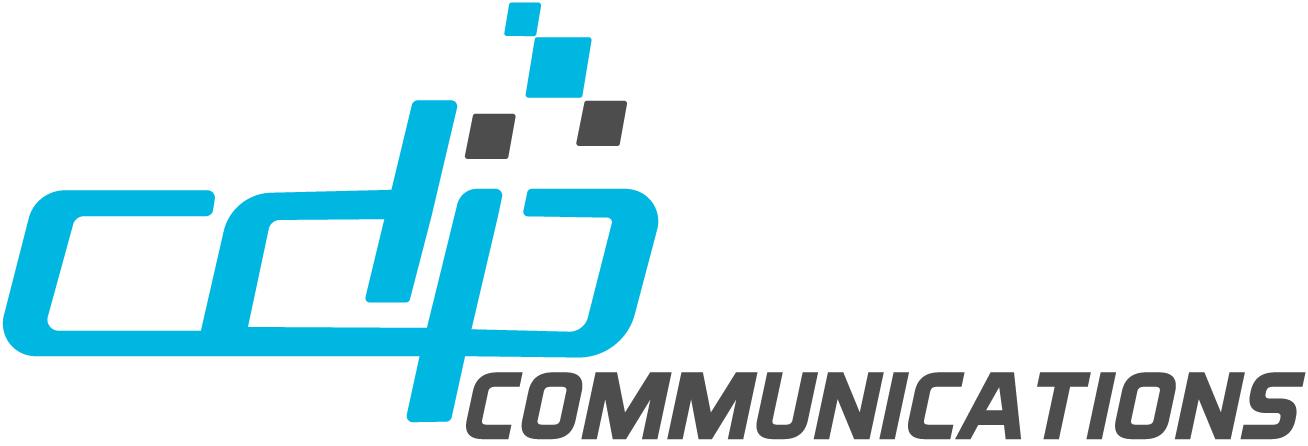Numerous disability laws in North America, Europe and across the world have made it abundantly clear that people with disabilities should be guaranteed inclusion in every facet of society and given the very same rights as people without disabilities. This hasn’t translated to every facet of life, nor has it yet been applied to many of the places where accessibility matters most. There remain many accessibility barriers.
Many visible disabilities are broadly supported by tactile measures. Accommodations are broadly made in the built environment. There are many obvious examples, such as automatic doors, braille on signage and ATM buttons, accessible wheelchair ramps, and the like. Despite this progress, it, unfortunately, remains that digital accessibility often does not include people with invisible disabilities. As a matter of fact, when people think about disabilities, it is often only the visible disabilities that come to mind. The unfortunate result is that these are often the only ones that are mentioned or considered.
Invisible disabilities need to be addressed too!
These invisible disabilities can be physical, mental, and neurological disabilities, like dyslexia, autism, blindness, illiteracy, and many, many more. While they may be invisible to most, they are no less real. Thus, they must be considered in the process of making things accessible.
Even today, much is overlooked while the accessibility needs of those with invisible disabilities often go unnoticed. And, because of existing societal prejudices, those with invisible or hidden disabilities often refrain from speaking up about their specific needs. Oftentimes, they may worry that they will be discriminated against based on their disability, whether at work, in public or in seeking the same services as everyone else.
Everyone has the right to participate meaningfully in society, equitably. Everyone has the right to make use of the very rights they were born with regardless of their ability. The laws in place are there to promote and help shape this important change in the digital world. And the laws are there to spur action.
A paradigm shift is needed
Today, documents are issued every second of every hour, every day. The trouble is that these documents are not made universally accessible by the many organizations that issue them. These include banks, insurance companies, wealth management firms, utility companies, airlines, law firms, event venues, concert ticket vendors hospitals and healthcare, government agencies, and more. Sadly, this discriminates against people with disabilities.
What’s needed is a paradigm shift. Today, the way organizations are addressing the digital accessibility challenges faced by people with disabilities isn’t enough. And in some cases, this important issue isn’t being addressed at all.
An ideal shift from the current paradigm would dictate that we foundationally shift our focus. What is really needed is to see the bigger picture. Organizations need to recognize that these omissions are human rights violations. Full stop.
Your customers’ privacy and independence are at stake
Documents, when made universally accessible, provide equity and inclusion and this in turn creates equal outcomes for people with disabilities. By producing accessible content, people with disabilities can take back their independence and reclaim their self-confidence. Shouldn’t all of your customers feel confident and independent in their correspondence and engagements with your organization?
People with disabilities can have great difficulty discerning the content within important high-volume enterprise documents. There are a multitude of different kinds of these transactional documents within most organizations. They include bills, notices, letters, insurance policies and bank statements, and more. In truth: If companies made all of their content accessible, people with disabilities would never have to ask others to read the document to them. Which, as you can easily imagine, is an unjust invasion of their privacy. That’s why making progress is so important.
Accessible ‘on demand’ is no longer an option
And while there do seem to be some improvements being made out there, progress is slow. Adoption of digital accessibility best practices isn’t happening at a fast pace nor as far and wide as could be. Regrettably, it is far too common for people with disabilities to receive documents that are inaccessible. Even upon request, it can take a long time to receive in an alternate format. Even more troubling, often it is provided in a format that is less than ideal. Or in other cases, not made accessible by not being made to work well with assistive technology. That’s why ‘accessible upon request’ isn’t satisfactory and doesn’t cut it anymore. It basically kicks a customer with disabilities to the back of the line, and let’s face it… That’s just not right.
The scope and size (and cost to a business)
Worldwide, it is estimated that over a billion people have some form of reading disability. Compounding the problem is an aging population in most Western countries, and this statistic is only set to grow. Companies that use inaccessible document solutions, as a result, hurt their brand. They damage their standing with a segment of their customer base. So, in effect, and without exaggeration, they lose money because these documents are not easily understood by everyone.
If you can imagine that as many as 15% or more of your customer base has some form of print disability, you may immediately recognize this problem as one that could create an undesirable effect on the company’s bottom line, and in an unfortunate ripple effect cause customer retention issues. Especially if one or more of your competitors is handling this challenge better than you. Now imagine instead addressing this head-on and the benefits it could bring to customers and companies alike.
Then of course there’s the law
There remain many accessibility barriers… “So what?” some might ask.
The potential outcomes of doing nothing, or adopting a ‘wait and see’ ethos aren’t pretty. And it’s not just in terms of customer experience, satisfaction or retention… In many jurisdictions, businesses that do not offer accessible digital content additionally risk legal action on the grounds of discrimination.
How CDP Communications can help you
CDP helps your company to convert cyclical and recurring documents, including letters, statements, invoices, bank statements, client notifications, passports, contracts, airline tickets, concert tickets, passes, and more into compliance with the golden standards of WCAG 2.1 AA and PDF/UA (ISO-14289-1) making them universally accessible and compliant with ADEPT UA.
ADEPT UA is an automated and strategic approach using elegant, state-of-the-art technology that integrates a templated approach for enterprise documents within any point inside an organization’s workflow to optimize digital accessibility, eliminating the need for gruelling manual intervention as seen in the more traditional, far less effective, and far more expensive approaches that yield lesser results and takes exponentially more time and effort. ADEPT UA saves that precious time, money, and effort.
How does it work?
- Files and documents are first scanned
- templates are configured and then,
- Processed with ADEPT UA
ADEPT UA is uniquely built to understand content positioning, structure, fonts, font sizes, images, semantics, and more for digital accessibility and compliance. ADEPT UA is designed to programmatically process billions of records and documents in a fast and secure manner. Once the document template is set up, ADEPT UA can handle a virtually unlimited number of PDF pages day in and day out because of its scalable, automated processing capabilities. Best of all, it can run ‘lights out’, so it really becomes a ‘set it and forget it’ process.
Some key benefits come with taking action
ADEPT UA solves some key challenges rather handily and delivers big-time benefits. Not only does it eliminate the need for the arduous, laborious and time-consuming manual processes that would be traditionally necessary, but it also minimizes the related costs. In short, the scale and expense of manually assuring compliance at volume can now be solved. We’ve taken the grind out of it, and have solved the problem at scale.
ADEPT UA also protects organizations of every kind that regularly send out high-volume documents from prosecution and ensures that customers get the same equitable experience as every other customer. No more telling some clients to wait or to get to the back of the line.
So, from a customer care and client experience perspective: Mission accomplished! Compliance achieved. Risk averted. And in making this correction and addressing the problem head-on, you can make your customers with disabilities, who represent a significant percentage of your customer base, customers for life.
Who can help
CDP Communications Inc. provides software that; creates compliant User Accessible documents, enables print data stream transformations, secures the archival/retrieval of print documents, and compares print data stream files, in a fraction of the time that a manual process would take.
CDP has specialized in developing software solutions for Independent Software Vendors, Original Equipment Manufacturers, Service Bureaus, and Developers since 1984 and it has continually evolved its software and added to its catalogue to support the ever-increasing demands for printing and information solutions. Need software to remediate documents or ensure accessibility and compliance from creation? We’ve got your back there too!
Many of the biggest companies across numerous industries trust CDP’s solutions. Since 1984 we’ve been leaders in the technology and toolsets that drive winning approaches, saving time, money, and effort. Not to mention promoting reliable accuracy and compliance.
To learn more about ADEPT UA and other CDP Communications products, please visit our website or contact us directly at renewals@cdpcom.com.




